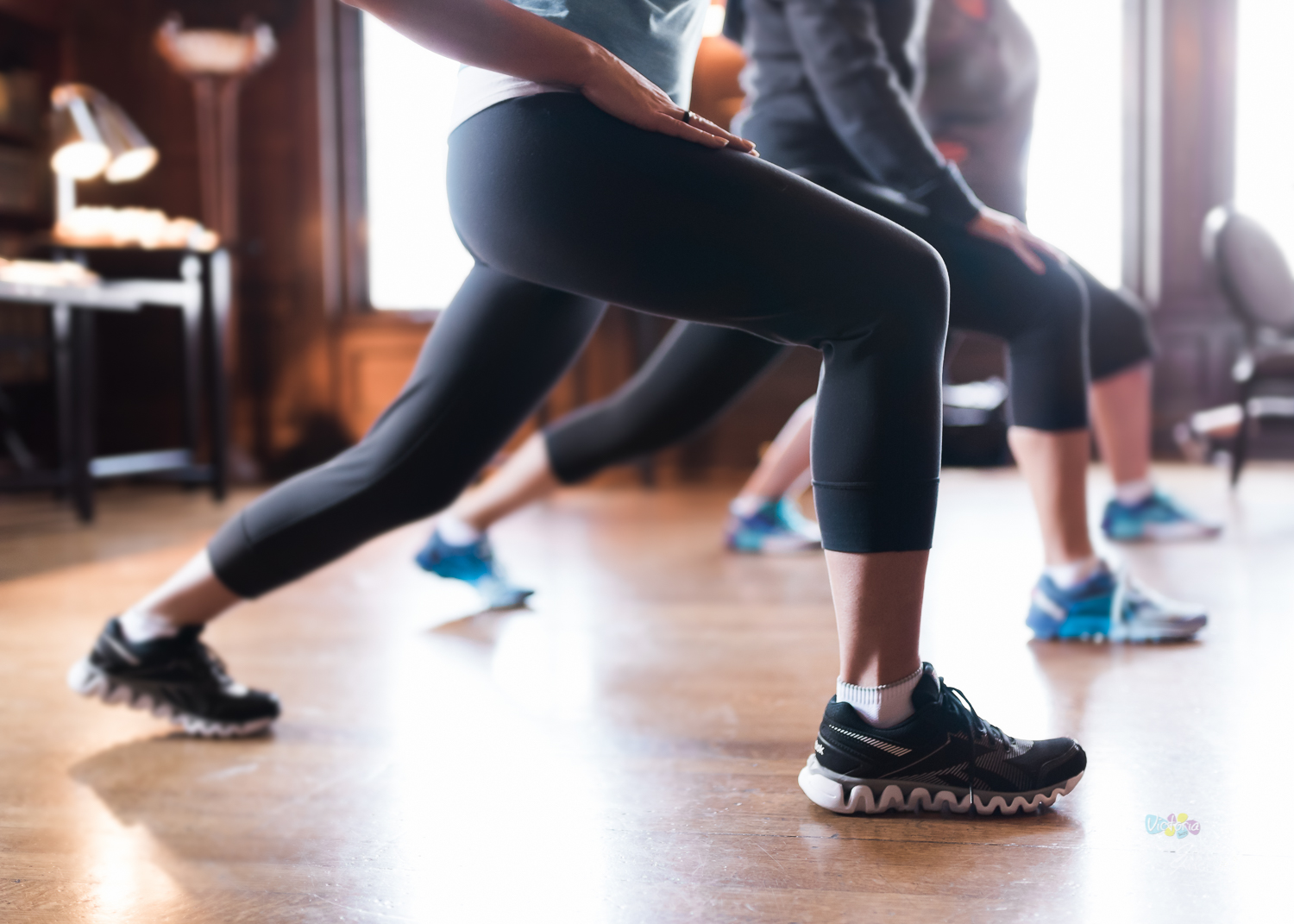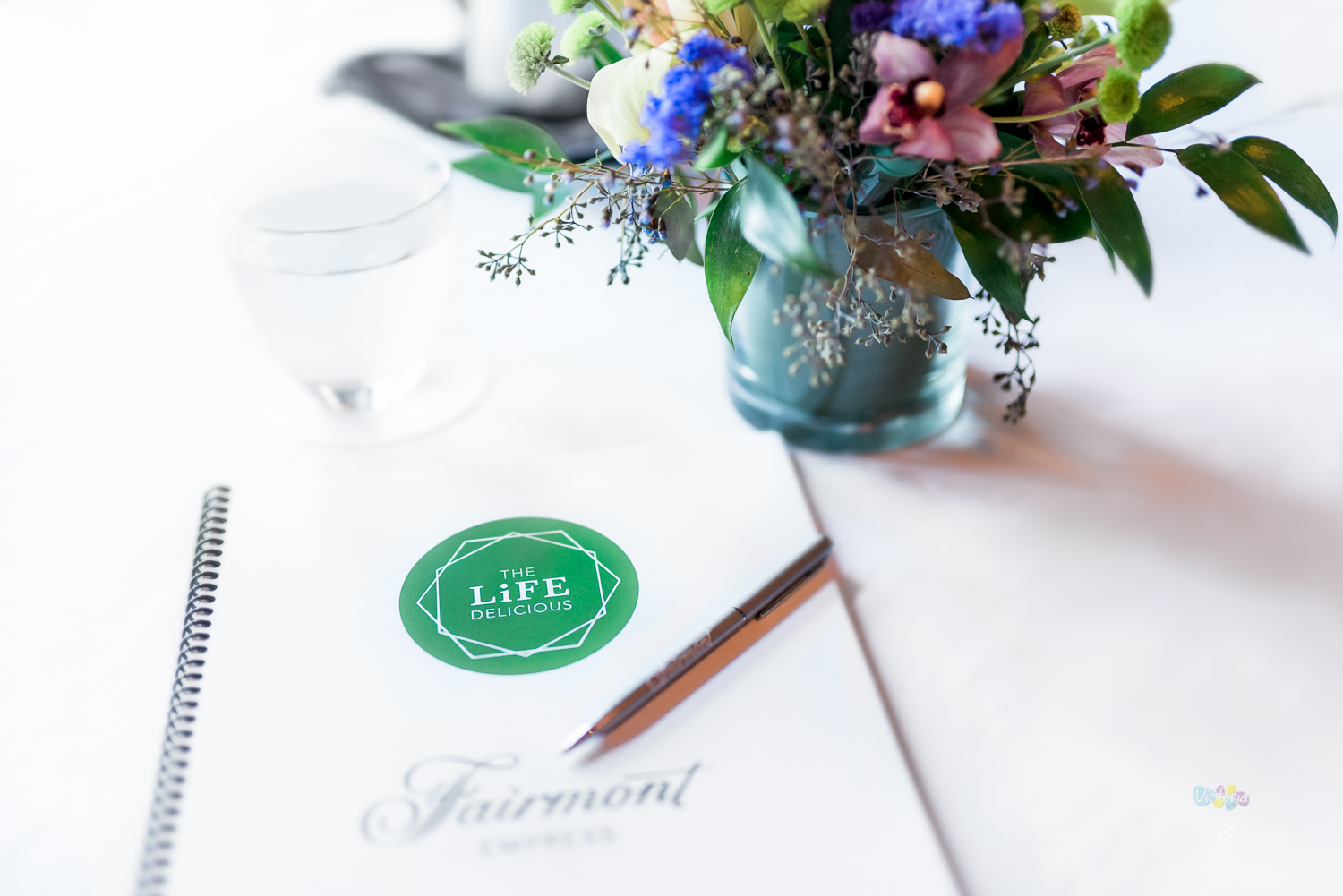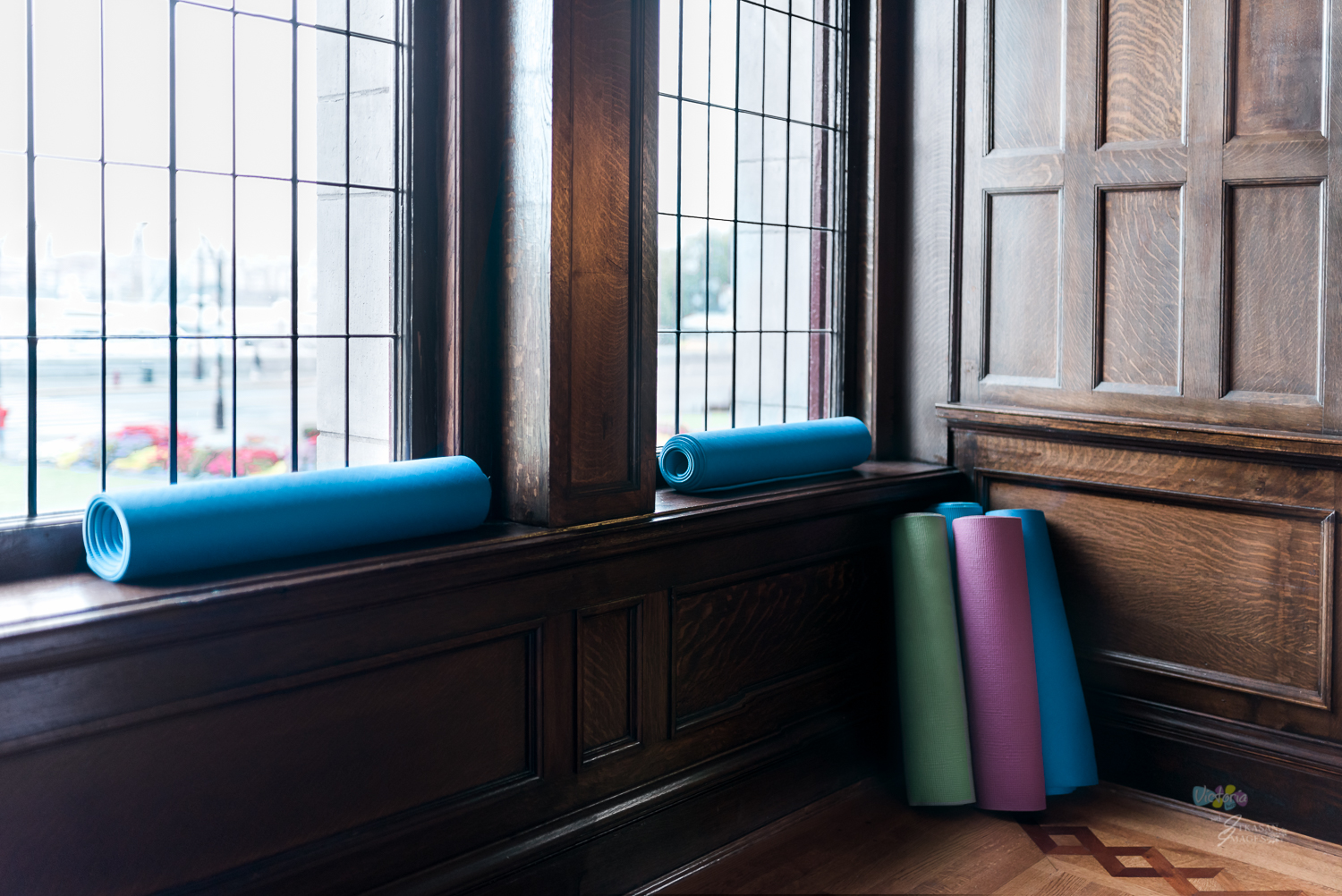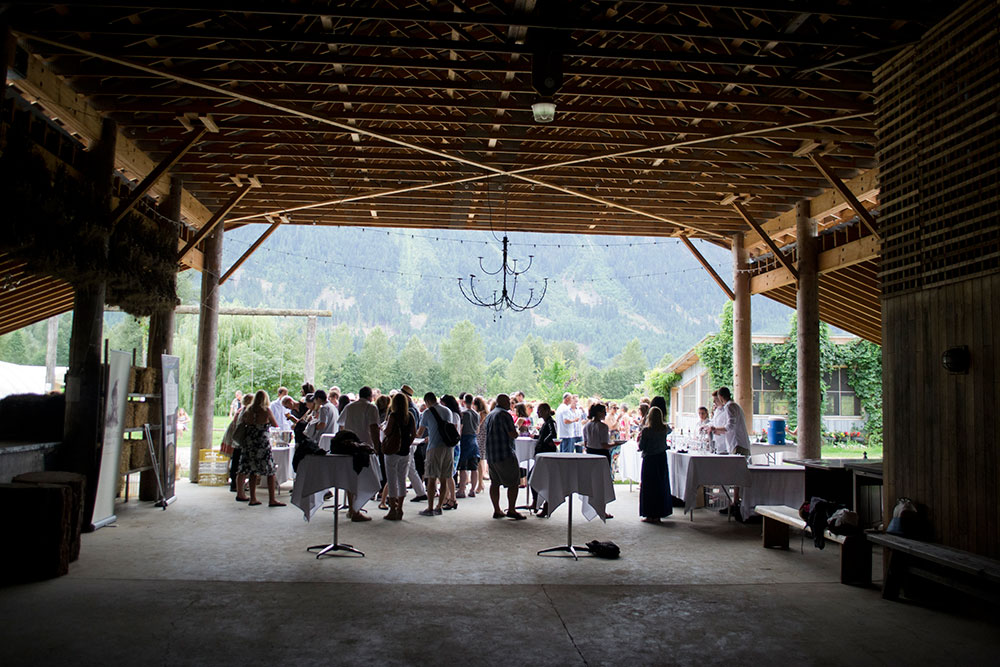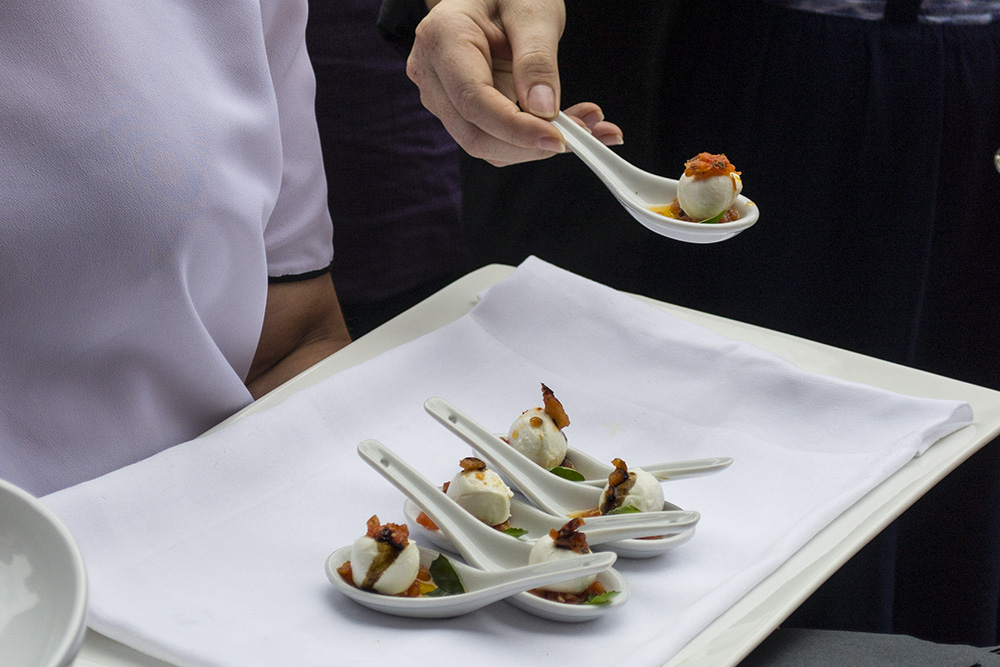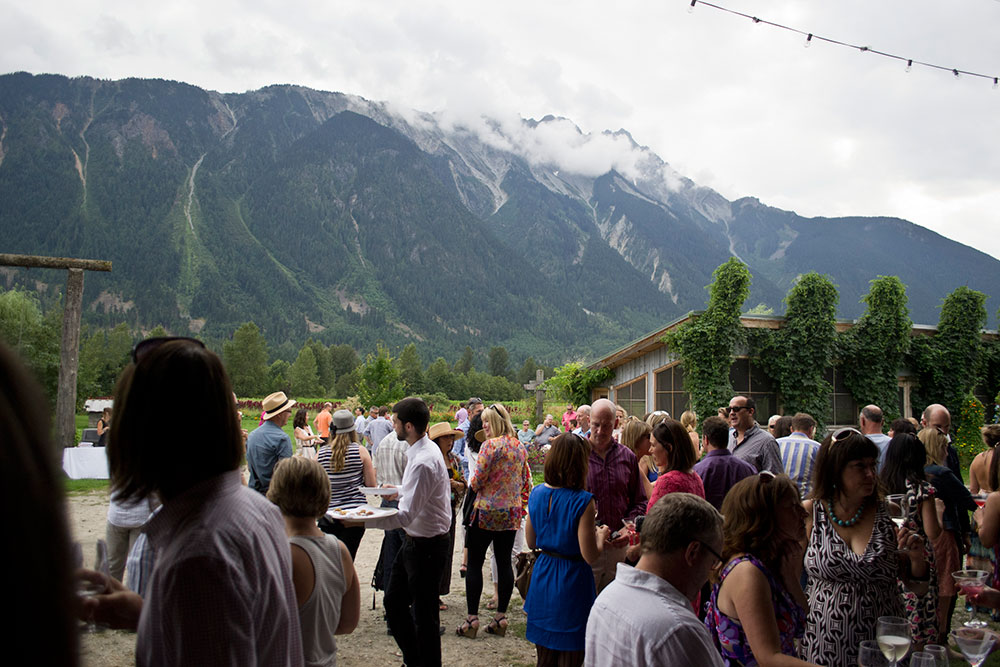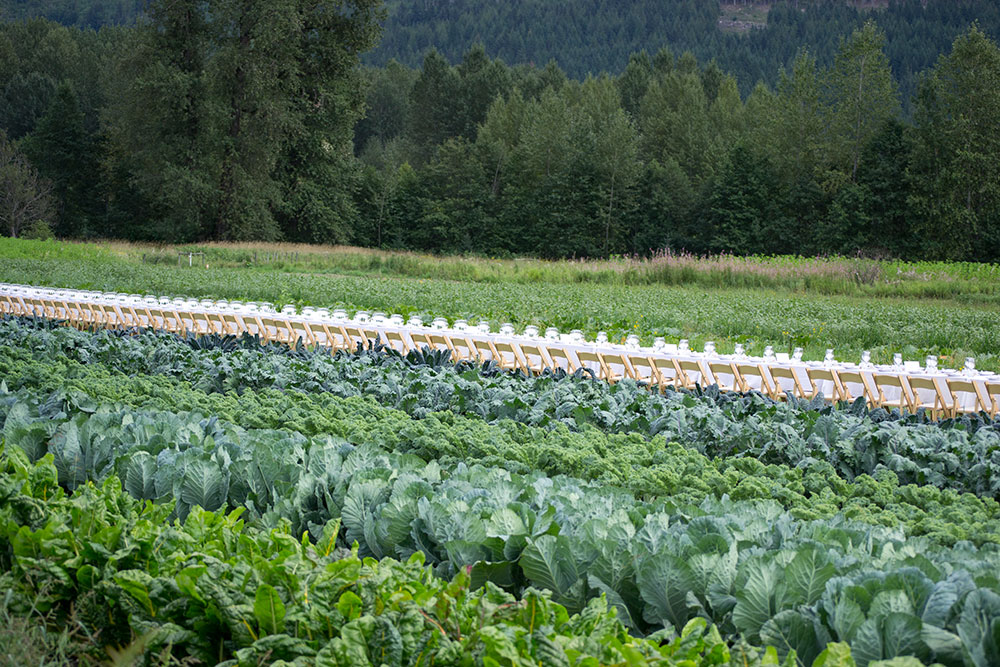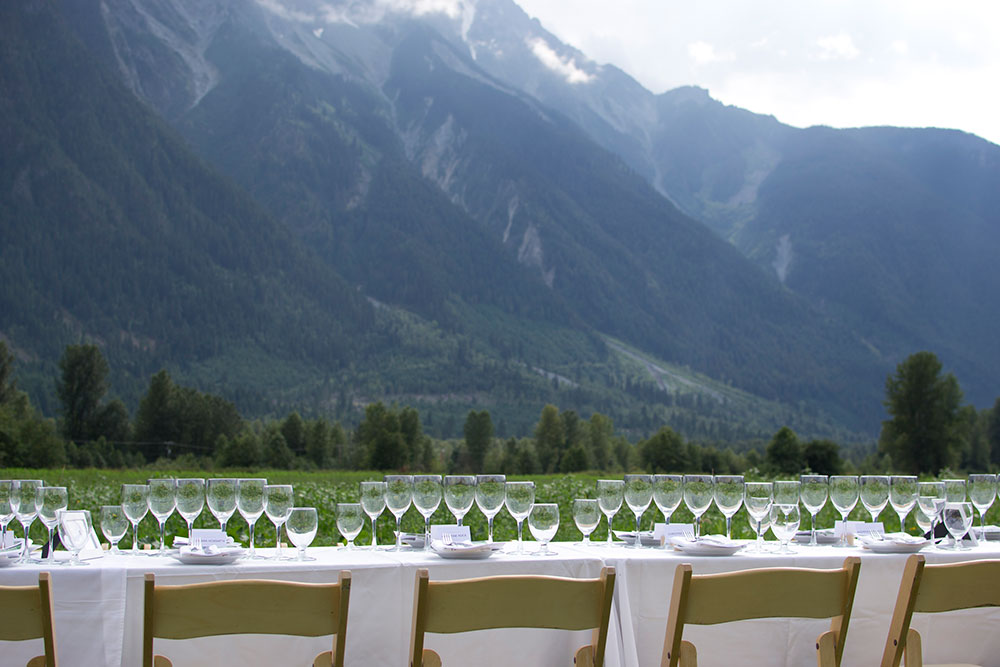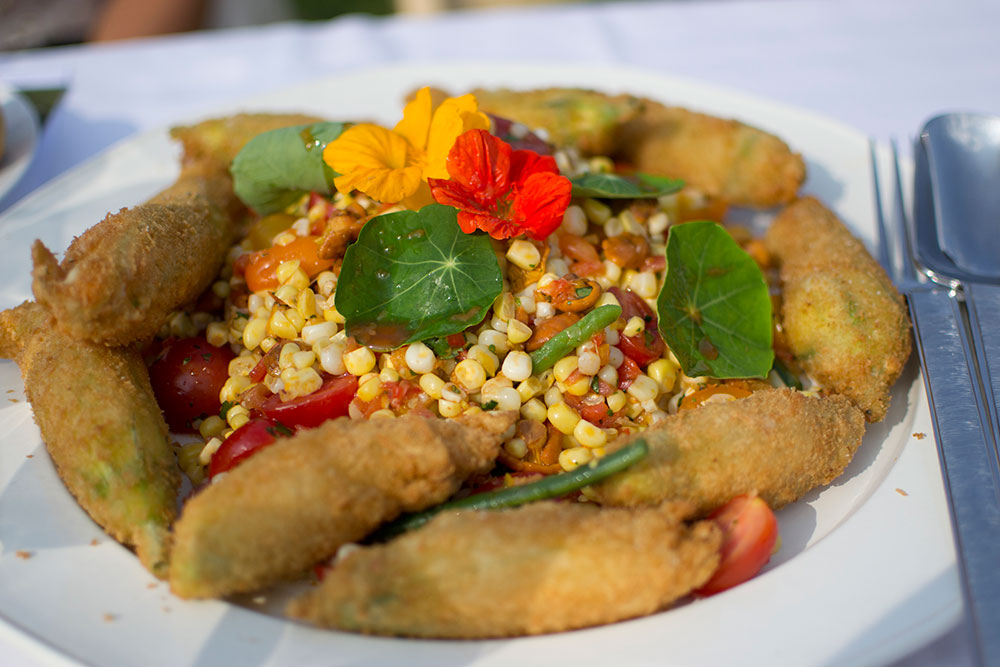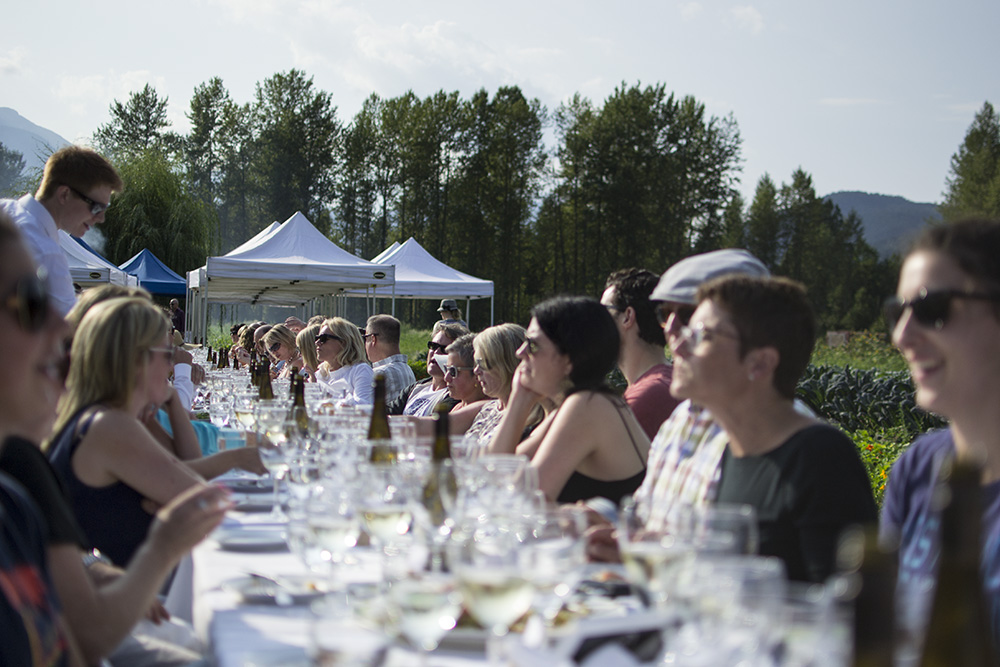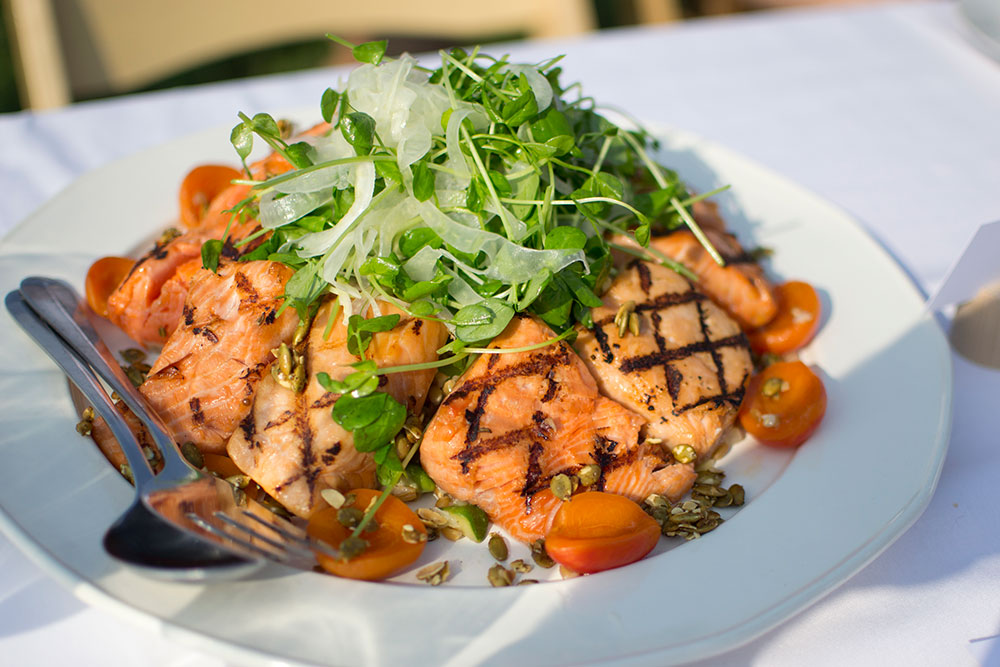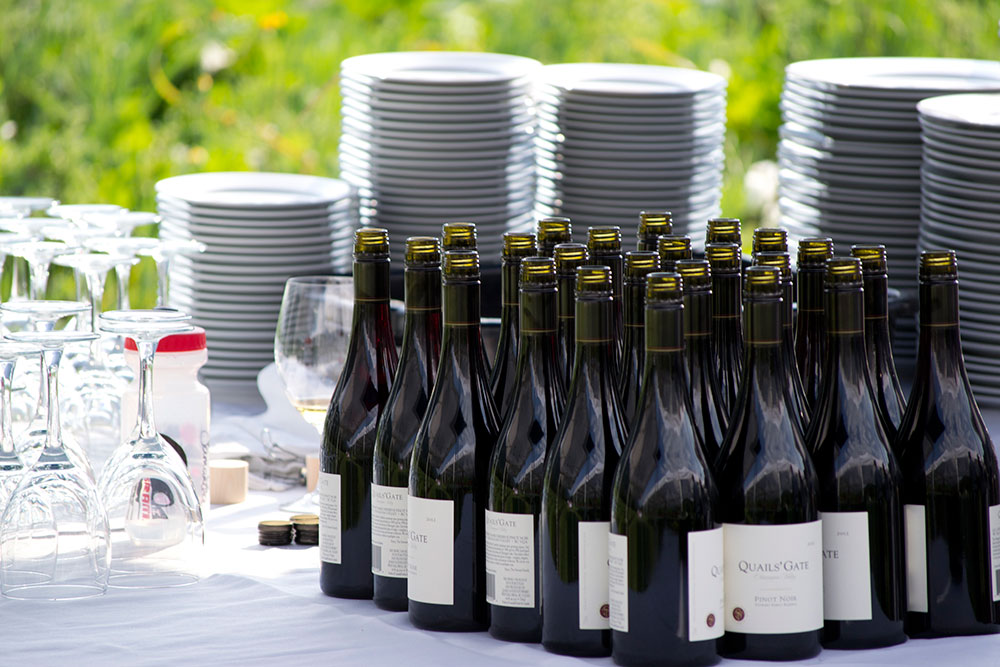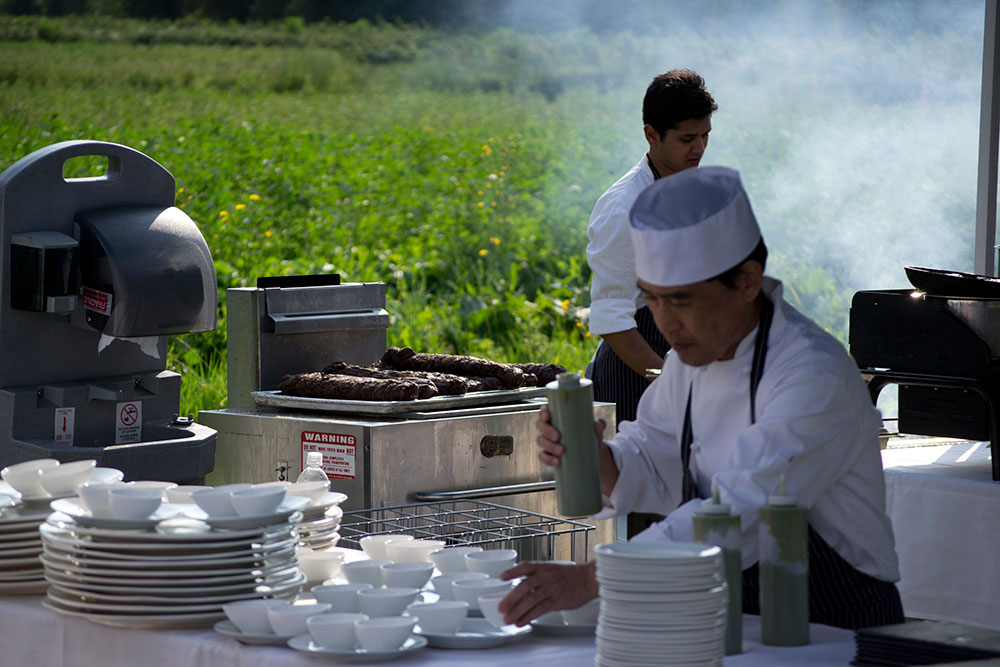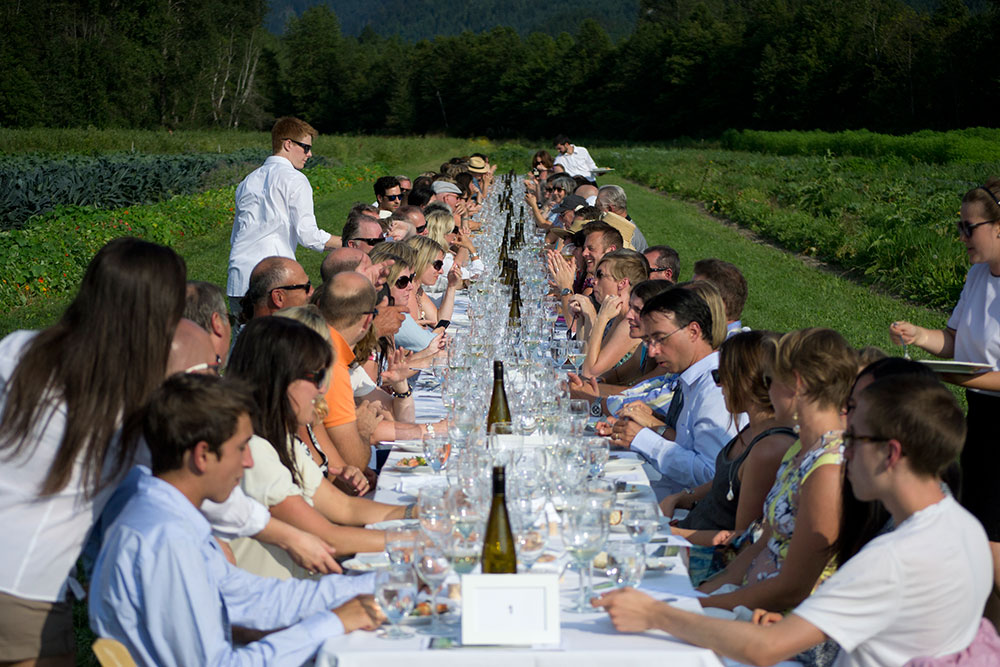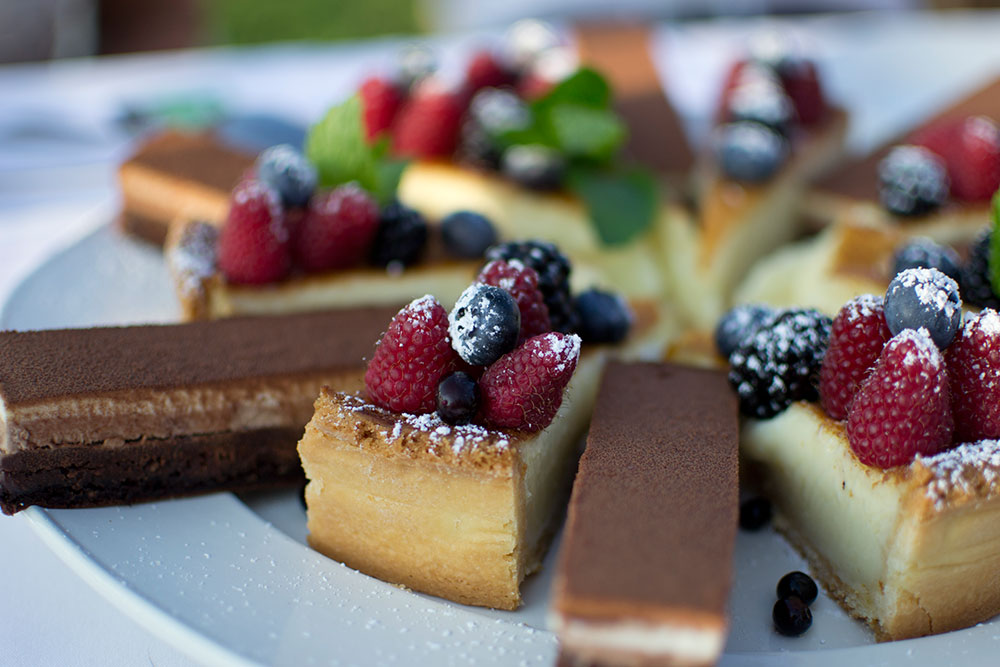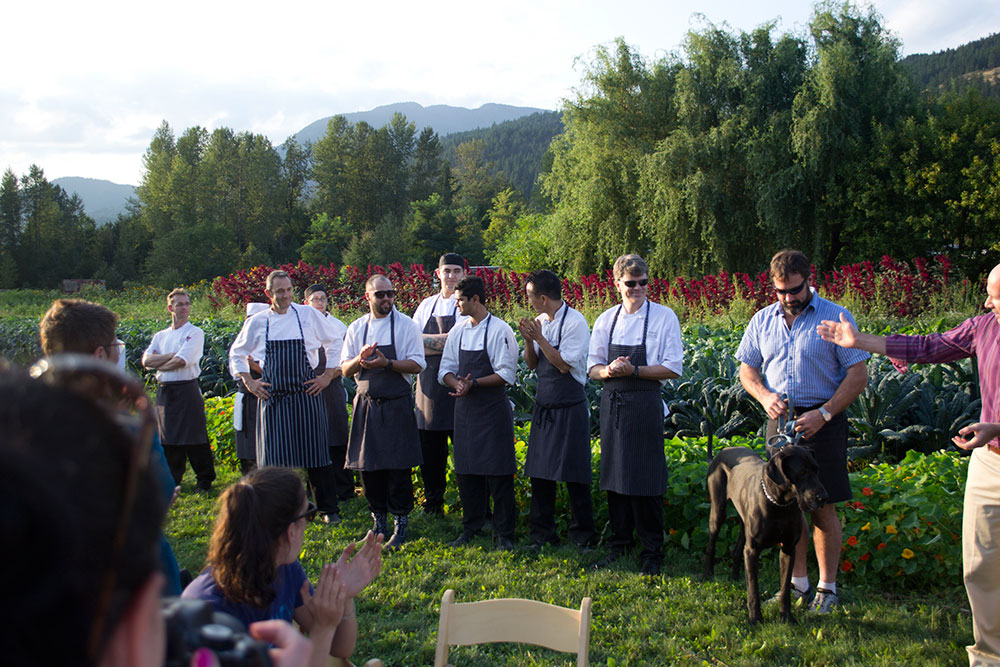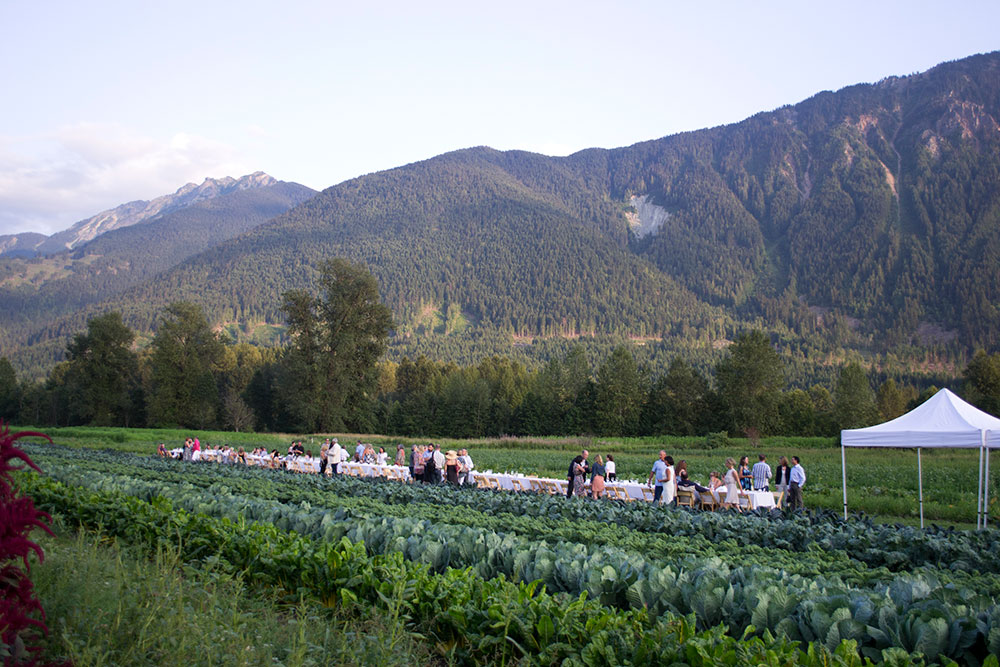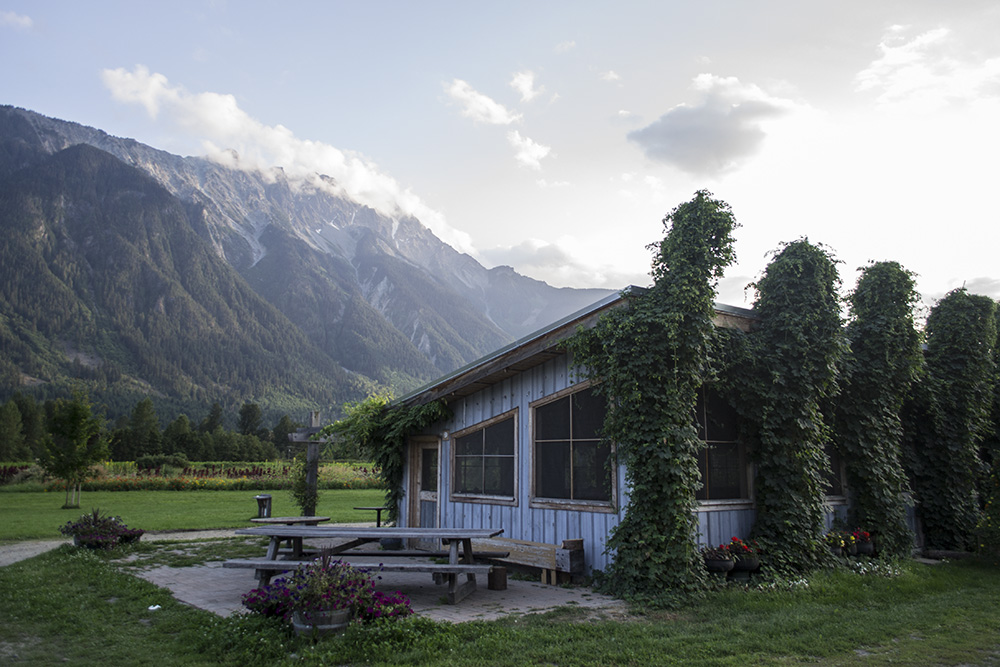As I moved from a career as a full-time personal trainer (where wine was largely discouraged) in my 20s to a career as a freelance writer focused on food and drink (where wine was always encouraged) in my 30s, I tried to find a sweet spot between those two worlds, where I could feel vibrant and healthy without feeling deprived.
I arrived at my sweet spot as a wellness educator and strategist when I founded The Life Delicious.
TLD's holistic wellness curriculum suggests an "uncomplicated, gentle way to nourish mind, body and spirit that includes indulgences and bans deprivation."
5 Rituals for Mind-Body-Spirit Nutrition was published by BCLiving.ca
Fueling ourselves should feel good, guilt-free, simple – but for many people that’s not the case.
It wasn’t the case for me for many years. In fact, it was the opposite!
For me, it felt guilt-inducing, complicated and overwhelming.
I craved unhealthy, processed foods, never had a plan for meals, often turning to fast food, and was regularly furious with myself for having so little willpower – especially because my full-time job at the time as a personal trainer and fitness instructor was coaching people on their health.
But, through lots of trial and error, I’ve learned a powerful secret: when we approach nutrition through a mindful, holistic lens it feels good, guilt-free and simple!
I’ve discovered an uncomplicated, gentle way to nourish mind, body and spirit that includes indulgences and bans deprivation.
Read on to discover these 5 powerful secrets for yourself!
1. Mindfulness
Keeping a journal develops mindfulness and hardwires healthy habits
Human nature is to move toward pleasure and away from pain.
When we scarf down a bag of dill pickle chips for dinner or mindlessly eat pastries at our desk to fuel our afternoon, we’re only experiencing the immediate pleasure of a tasty treat and then moving onto the next thing so quickly and unconsciously that we don’t relate the pain of bloating, lethargy, congestion or topsy-turvy blood sugar to what we’ve eaten.
The most powerful practice you can develop is that of mindfulness – the state of being aware.
Begin to ask yourself, “how do I feel?” after you eat a snack or meal, and stretch out your awareness to 30 minutes later, 60 minutes later and 90 minutes later.
Keeping what I call a Mood, Food and Fitness Journal builds mindfulness because you’re not only taking the time to translate your expanded awareness into words, you’re compiling data that adds up to paint a clear picture: eating junk makes you feel like junk.
Mindfully considering how certain things really make you feel, via journaling, stimulates a process called self-directed neuroplasticity – consciously hardwiring your brain, in this case consciously hardwiring healthy habits so that you’re drawn to foods that provide expanded pleasure (i.e. tasty foods that also make you feel good for hours) and repelled by foods that create pain (i.e. tasty foods that make you feel bad).
Best-selling author Gretchen Rubin defines a ritual as a “habit charged with transcendent meaning.”
Create the ritual of expanded mindfulness when it comes to nutrition and you will be rewarded with a nourishing, guilt-free relationship with food.
It’s really that simple! Disciplined work, but simple.
2. Origins
As I developed the ritual of mindful eating, I was also beginning my career as a writer, much of it about food, so I naturally started to think more about where, exactly, my food came from.
My biggest inspiration was the incredible chefs I had the opportunity to interview, who often introduced their ingredients by the farm they originated from.
Strangely, this was something I’d given very little thought to before: where the food I ate came from and how it was grown or raised.
My curiosity sent me down the rabbit hole of researching where things came from. In large part, I was very unhappy with what I discovered – factory farming, animal cruelty, ocean-life-obliterating fishing practices, and fruits and vegetables that we already grow locally shipped in from across the globe.
Every dollar we spend is a vote for the change we want to see in the world. There are many wonderful local businesses that get my votes, like SPUD.ca, the Vancouver Farmers Markets, Urban Digs Farm, plus the Vancouver Aquarium’s comprehensive Ocean Wise program is an excellent resource for finding sustainable seafood for sale and served in restaurants.
3. Content
I promised indulgences, and this is where they come in!
The first consideration of nutritional content is what I call the ratio rule. If you’re a foodie, especially, I think you’ll love this philosophy.
Instead of approaching your diet through the lens of deprivation, and dwelling on a long list of things you “shouldn’t” eat, focus on the abundance of wonderful options available to you.
Focus on what makes you feel good – in mind, body and spirit.
As a fitness professional and foodie, I’ve found a balance of nutrient-dense foods that fuel my mind and body, and indulgent foods that fuel my spirit. My ratio is 70-percent (mind-body fuel) to 30-percent (spirit fuel).
Your ratio may be different. Start from wherever you are (is 50:50 a step in a better direction?) and slowly grow your mind-body percentage until you’ve reached a ratio that makes you feel vibrant without feeling deprived.
There’s a big difference between eating a stack of processed cookies in your car when you’re starving, and enjoying a cookie (or two) with someone who lovingly baked them for you using special ingredients.
Fill your mind-body fuel tank first with nutrient-dense foods, and when you’re in an elevated state let your spirit tank have its fill.
The second consideration of nutritional content is balancing macronutrients (protein, carbohydrates and fat) and micronutrients (vitamins, minerals and antioxidants).
Learning how best to eat can seem really overwhelming with so much contradictory information out there. I love Michael Pollan’s simple advice: “Eat food. Not too much. Mostly plants.”
Keep in mind that nutrient requirements differ for every individual and depend on activity level, bodyweight, genetics, food preferences and sensitivities.
Make sure you’re getting a variety of everything (protein, carbohydrates, fat, vitamins, minerals and antioxidants) – the more colourful your plate, the more potent and vast the nutrients – and use your Mood, Food and Fitness Journal to discover the best combination for you.
Complex carbohydrates (like lentils, beans, whole grains and low-glycemic-index fruits and vegetables), paired with protein and healthy fats (like olive oil, coconut oil, avocado and omega-3s), help you maintain sustained, balanced blood sugar.
Blood sugar directly affects mood – something you’ve likely experienced as the “hangries” when your personality takes a dive along with your blood sugar if it’s been too long since you’ve consumed any fuel.
If this all sounds like a lot of work, it is – initially. But the investment you make will have a massive, totally-worth-it payoff: discovering exactly what fuels you to feel satisfied, energized and satiated.
4. Action plan
“He who fails to plan is planning to fail,” said Winston Churchill.
Without a nutrition plan, it’s difficult not to fail. But with a flexible framework for your weekly menu, grocery list, and eating schedule, it’s difficult not to succeed!
Make a weekly menu. Even if you just have a rough idea of what you’ll eat for each meal, it makes preparation so much easier.
At the end of a long work day, the last thing you need is to make more decisions. Setting time aside at the start of the week to plan your meals and snacks takes very little time once you get the hang of it, and frees up lots of mental energy during the workweek plus ensures you have a solid plan to fuel your life and work.
Once you’ve created your weekly menu, it’s easy to compile your grocery list accordingly – and when you shop for exactly what you need, instead of wandering up and down every aisle (or scrolling through every online page), you’re less likely to waste food, which is great for your wallet and the planet.
You’re also less likely to buy superfluous items and junk if you’re satiated, so never shop when you’re hungry – make sure to fuel up first. And stick to the periphery of the store to avoid the packaged foods in the middle (which translates to keeping your clicks to the fresh foods tabs when you’re shopping online).
Also, ensuring that your pantry and freezer remain stocked with essentials (like lentils, beans, brown rice, canned vegetables, frozen vegetables and frozen proteins), means you’ll always have the makings for a healthy meal on hand, even if it’s been a busy week and you can’t make it to the grocery store – or forget to order online.
Make a weekly eating schedule. It’s easy to get caught up in the busyness of the day and forget to eat at regular intervals. As mentioned in the previously, low blood sugar affects your mood, as well as your energy, productivity and cognitive function. So it’s very worthwhile to have a plan to fuel up every few hours throughout the day to maintain a steady level of energy, focus and geniality.
For example, scheduling meals around 8am, 12:30pm and 5pm, means you’ll not only stay steadily fueled throughout the day, a 15-hour fast overnight will allow your body and brain to repair themselves. When you eat right before bed, it’s like your boss dumping a bunch of extra work on your desk (digestion) when you already have a full day’s worth of tasks to do (body and brain repair).
5. Cooking
Cooking for yourself is an act of self-care. It’s where all of your planning comes together – where your healthy intentions are realized.
When you cook for yourself, you know exactly what’s going into your food so you can tweak it until it’s the perfect composition for your unique needs, and remove any ingredients that cause a reaction.
And since you’re investing the time to create healthy meals, why not make double or triple so that you have leftovers for lunches and snacks?
Discover new recipes. If you could use a little more confidence in the kitchen, discovering new recipes is a great way to spark your imagination with the training wheels of guidance. There’s a monstrous amount of recipe inspiration out there these days – just search Google, Pinterest or Instagram with an ingredient, or combination of ingredients, you’d like to try and you’ll find plenty of ideas to experiment with. Local food reporter Erin Ireland is an endless source of inspiration for plant-based recipe ideas and discovering new cookbooks and food blogs.
Mind your mindset. Deciding to cook more often can feel like you’re adding more work to your already-full plate, but if you shift your mindset around your time in the kitchen it can change your experience from overwhelming to empowering.
Do all you can to make it a pleasant experience: turn up the mood music or listen to an interesting podcast, invest in a few pieces of awesome equipment – like a cast iron frying pan and great knives – and when it comes to clean up, get yourself some delicious-smelling dish soap and comfy dish gloves.
And remember that your time moving around in the kitchen counts toward your daily physical activity requirement. I call this starting an anti-sedentary revolution!

